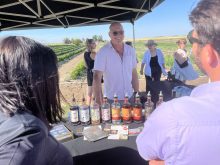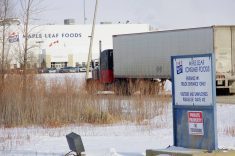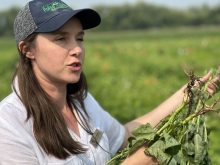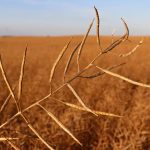Harvest became a blend of mechanical and chemical technology with the advent of desiccants.
The latest development in that trend are chemicals that keep canola and pea pods intact until the combine arrives.
“It’s not a product like fertilizer that increases your yield, but it saves what is there,” says Troy Monea, who has two years of experience with Pod-Stik Seed Shatter Retardant from United Agri-Products on his farm near Falun, Alta.
The polymer blend reduces seed shatter before and during harvest without slowing the drying process, according to UAP, which distributes the product.
Read Also
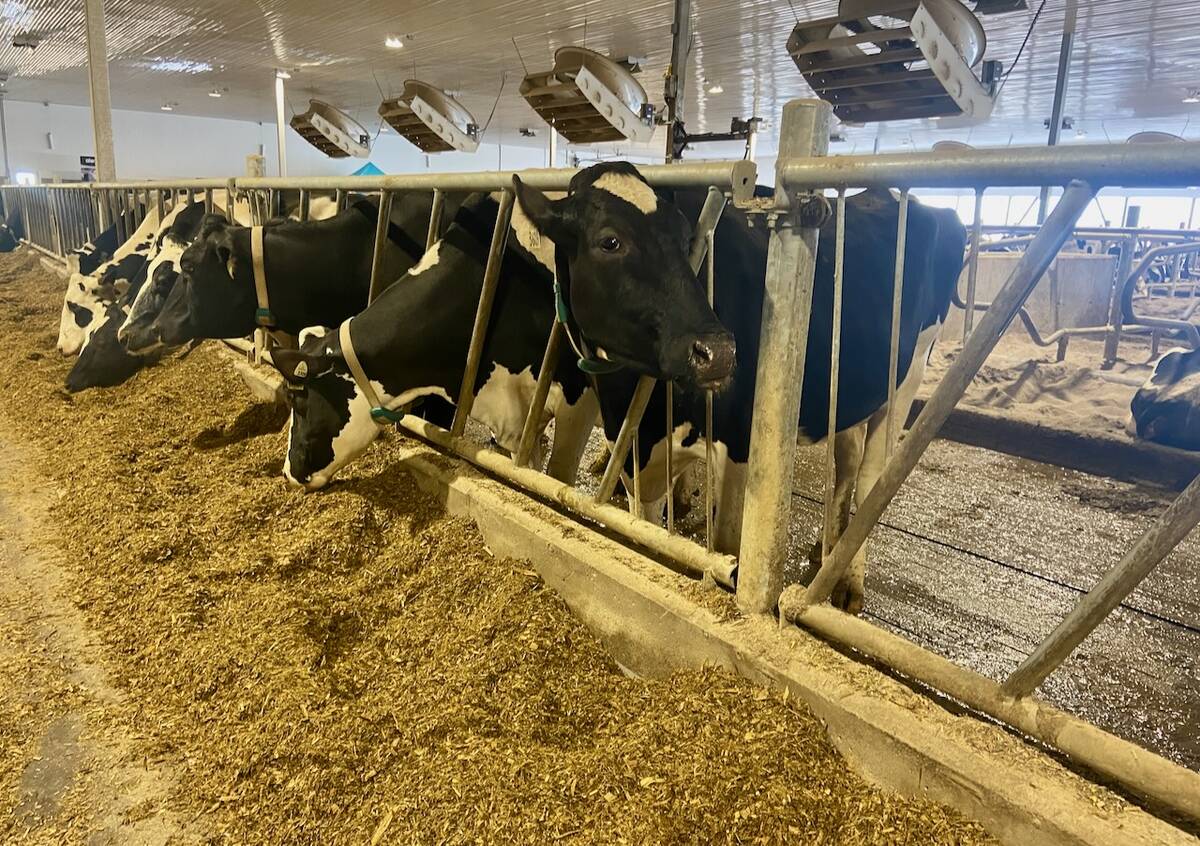
U.S. farm group supports supply management
U.S. grassroots farm advocacy group pushing new agriculture legislation that would move towards supply management like Canada has for dairy industry
In 2008, Monea planted canola in a field that had been in pasture, making it the first field crop in more than 20 years.
“We broke the sod and seeded canola. It was not an ideal situation. In fact, it was a nightmare,” Monea said.
“We had extreme variances across the field. The hilltops were all dried out and my heavier crop in the low spots was weeks behind. The timing was terrible. Like two totally different fields. I just accepted I was going to lose my crop on the hilltops.”
He had originally estimated the hilltops would yield only five to 10 bushels, but it was still a significant financial loss.
After talking to UAP Alberta manager Dave Corry about Pod-Stik, Monea decided to risk sinking more money into the canola field.
He applied Pod-Stik by air, which cost $10 per acre plus application.
“I was quite scared, to tell the truth. The field was a mess. I wasn’t sure how this was going to work out. The day we sprayed, the low spots were 20 percent green and the hilltops were 70 percent ripe.”
Monea sat on pins and needles for two and a half weeks, waiting for the low spots to ripen. He said swathing was a surprise because the cutter-bar stayed so clean. Canola buildup was nonexistent.
Combining was a bigger surprise.
“The hilltops averaged in the high 20s. None of the hills dropped below 20 bu. The whole field averaged just under 40 bu. I’ve always been chicken to straight-cut canola, but once I can wrap my brain around this Pod-Stik, I think I’ll try straight-cut next year.”
Monea tried Pod-Stik again last year, this time on a quarter section of peas. He silaged the first 100 acres and saved the remaining 50 acres for the combine. He used his ground sprayer to apply Pod-Stik mixed with desiccant at a rate of 20 gallons of water per acre.
“I really soaked it. I figured I’m using my own machine and my own time, so I might as well do it right.”
Monea said it wasn’t what he would consider a good crop, averaging 28 bu. per acre, but once the combine passed, nothing was left on the ground for deer or geese. It all went into the bin.
“Normally, when you go geese hunting in pea fields, you see lots of peas on the ground. Lots of peas. That’s what attracts the geese. We never had a single flock of geese visit this field after harvest last fall. There was nothing for them. Plus we have deer all around us here. They didn’t even bother going to that field.”
Monea is convinced the product works. He hasn’t done on-farm comparisons between UAP’s Pod-Stik and Brett Young’s Pod Ceal.
For more information, contact Troy Monea at 780-387-6313.




